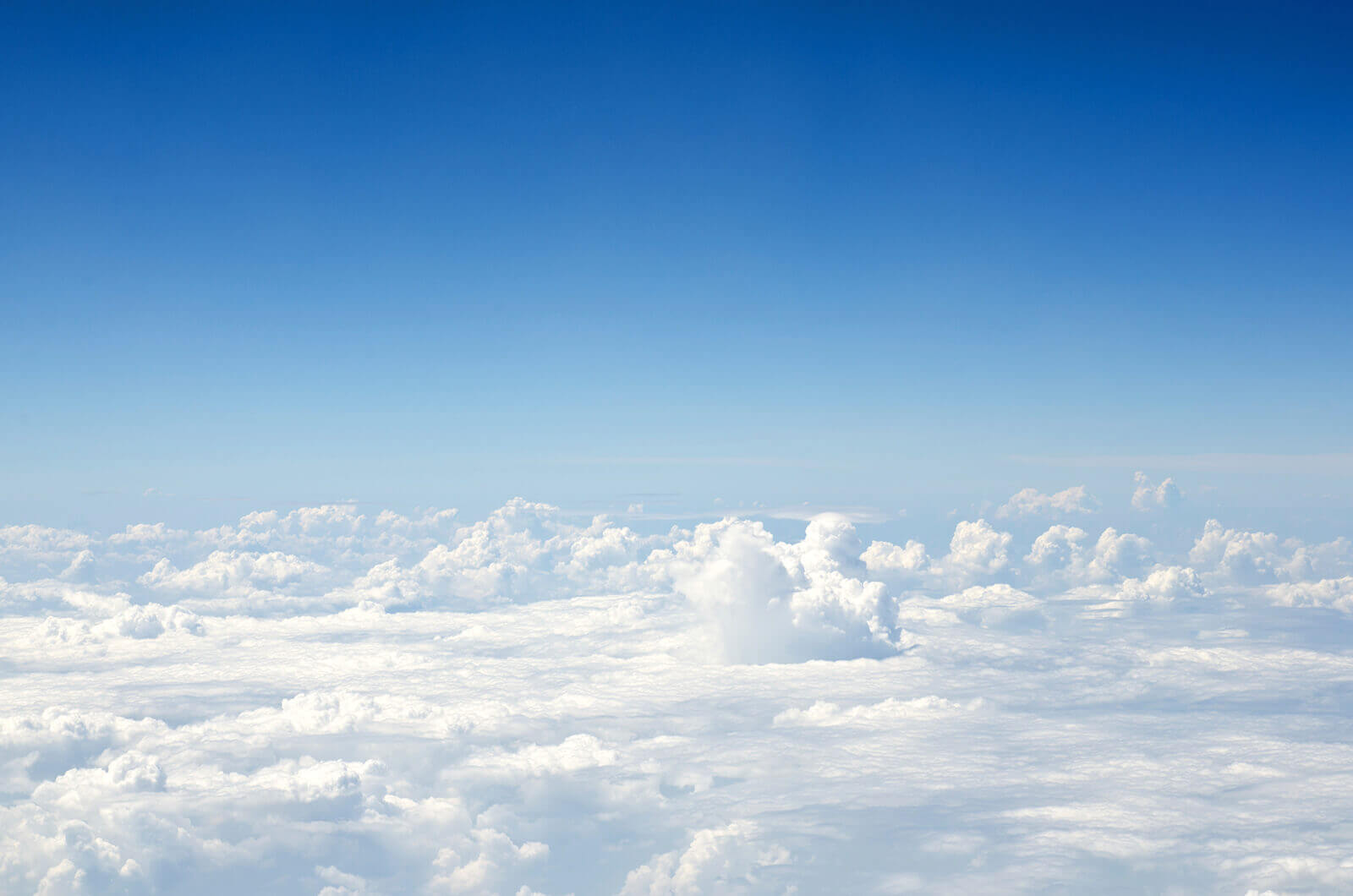Qantas premium economy offers larger recliner seats and upgraded meals for a quieter experience.
Qantas business class features lie-flat beds with direct aisle access on long-haul flights.











| Provider | Price Accuracy | Trust Score* |
|---|---|---|
| Price Accuracy3 stars | Trust Score*1 star |
In terms of precipitation, rainfall in Launceston ranges from 1.2 - 3.1 inches per month. July is typically the wettest month, when rainfall can reach 3.1 in. February is typically the driest time to visit Launceston when rainfall is around 1.2 in.
If weather is an important factor for your trip to Launceston, use this chart to help with planning. For those seeking warmer temperatures, January is the ideal time of year to visit, when temperatures reach an average of 60.8 F. Travelers looking to avoid the cold should look outside of July, when temperatures are typically at their lowest (around 42.8 F).
Most visitors will prefer to spend time in Launceston over the hot, sunny summer months between November and March. Summer also sees the town hosting the vibrant Festivale event, but can see slightly higher prices. Try fall (March to May) for cheaper accommodations and the chance to attend events like the Tasmanian Rally or local food festivals.
The city operates an efficient and extensive bus service that will reach hotels and attractions in all parts of Launceston. Buying a daily pass is a good option. Tasmanians also love to cycle, and there area number of cycle hire outlets, as well as car and motorbike hire businesses. If you want to reach the coast or visit Hobart, renting a car is a superb option.